Evocative Plants to Awaken All the Senses
http://decor-ideas.org 12/21/2013 18:50 Decor Ideas
Some of the most magical moments in my life are when I enter a new garden I’ve never seen before. And if it’s behind a hidden corner or gate, when the view opens I’m overwhelmed in a good way. My Spidey senses tingle, and I know that I’ll be able to let myself go, fall into the garden, trust where it will take me. How many gardens have you been in like that? How many gardens call out to all of your senses and demand a full-body workout? These gardens are special, and by using a few key plants, you can help create one, too.
The best gardens are ones we can experience with all five senses, whether you’re into evocative-smelling blooms, the rustle of grasses or birch-tree hugging.
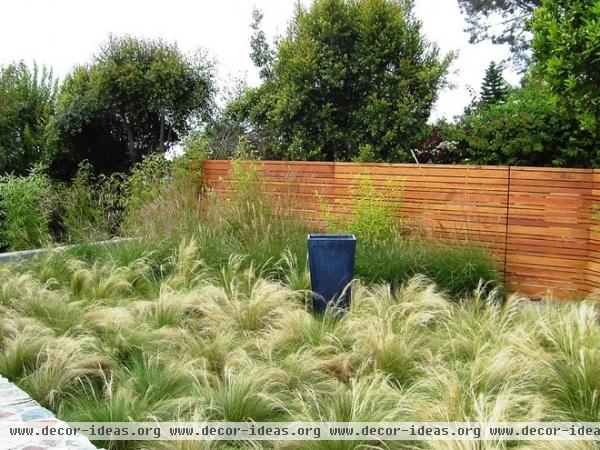
1. Hearing
You can’t beat grasses for helping mitigate the din of car traffic, neighborhood leaf blowers and that persistent voice on your shoulder that says you should go buy more plants. If you can’t have a water feature, grasses are the next best thing for a soothing soundscape.
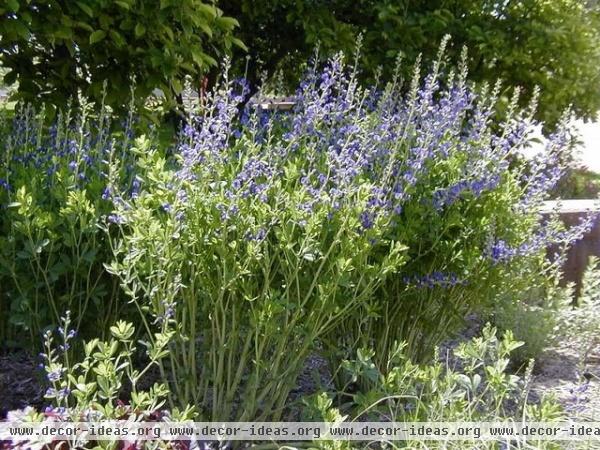
Baptisia are drought tolerant, deeply rooted native perennials that are key nectar sources in spring for queen bumblebees starting their nests. They also produce large, black, hollow seed heads that Native American tribes in the Plains used as baby rattles.
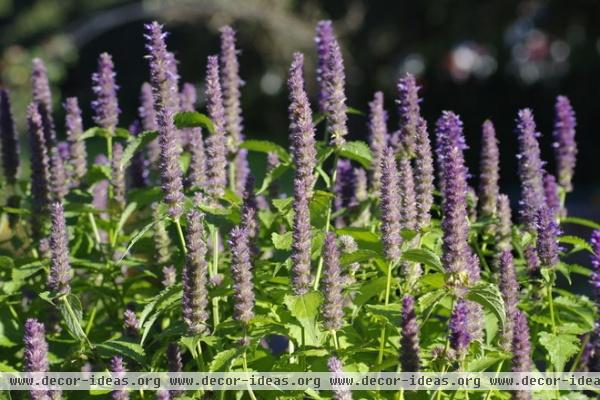
2. Smell
Blue giant hyssop (Agastache foeniculum) is a drought-tolerant perennial that blooms almost the entire summer. It has unique flower spikes and is a good nectar source for insects, but what makes this and all Agastache really wonderful is the licorice-scented foliage. Smelling this plant is way better than eating licorice — I mean, who eats licorice?
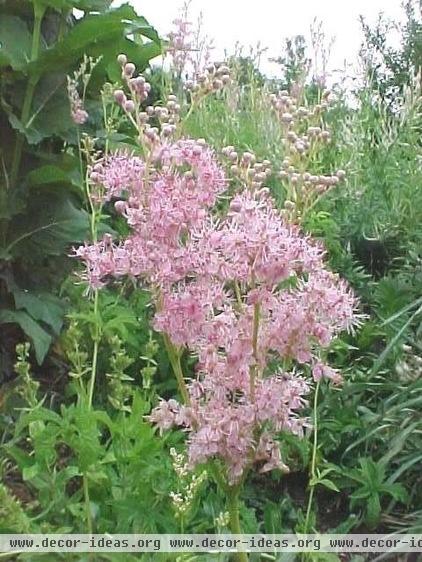
Queen of the Prairie (Filipendula venust) puts out a short-lived puff of dainty flowers reminiscent of the cotton candy your first boyfriend gave you. Even better, the flowers fill the garden with a smell exactly like roses (when roses had scent). Get a cluster of these, and you will be in perfume heaven.
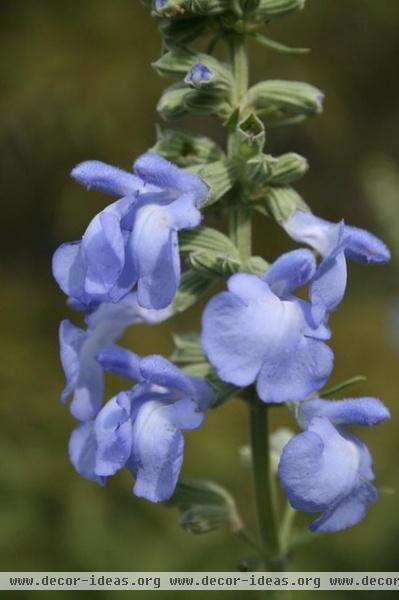
3. Taste
Blue sage (Salvia azurea) is drought tolerant and blooms in early fall. It’s easy to sow, too, if you like free plants. Since taste and smell are so closely related, I’m using this sage to bridge garnishing food and making your hands smell better — either way, it’s a winner that also attracts hummingbirds.
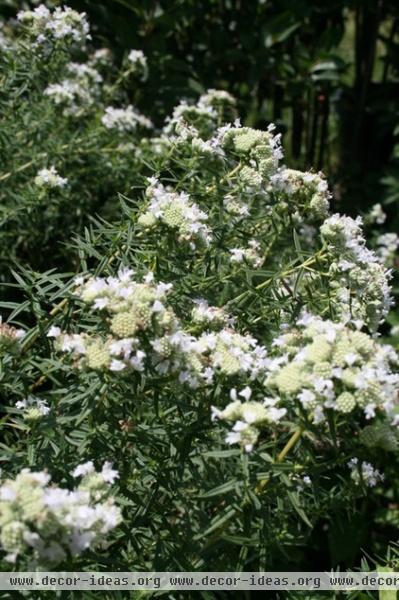
Mountain mint (Pycnanthemum virginianum) is superattractive to insects, and it’s not aggressive like other mints (seriously, it’s not). The leaves are very, very, minty — great for teas, ice creams and maybe even herbal baths.
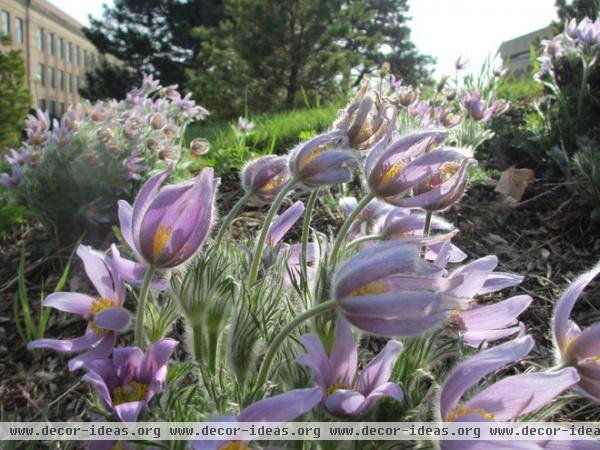
4. Touch
Pasque flower (Anemone patens) is very drought tolerant, blooms in early spring and is covered with fine peach-fuzz hairs that insulate it on cold nights. In a lot of ways, the stems and leaves remind me of my hairy legs and back.
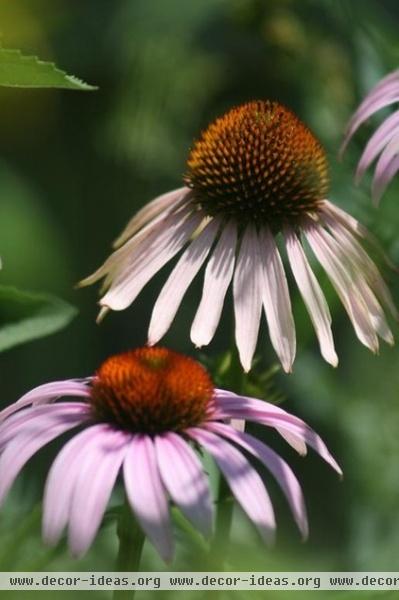
There’s so much to feel in the garden, but I’ve always been fascinated by coneflowers and their spiky centers. My wife speaks fondly about a pet hedgehog from her youth, and since “echinacea” comes from the Greek word for “hedgehog,” it’s my only way to understand her odd fascination with a mammal that curls up into a tiny ball.
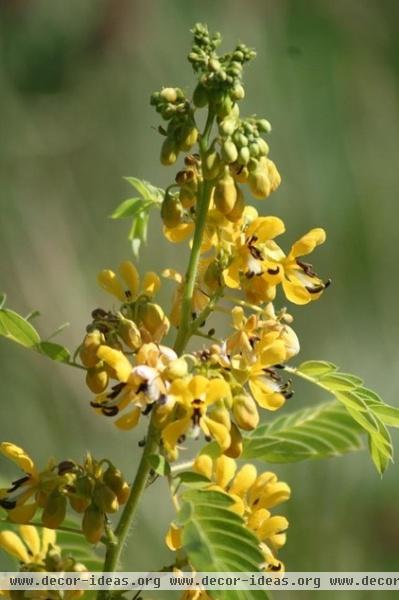
5. Sight
I’m cheating on sight with my last two choices, because, well, these last two plants are workhorses satisfying almost all of the senses. Wild senna (Senna hebecarpa) blooms for at least a month in mid- to late summer, and you can hear the dozens of bumblebees on the plants from 30 thirty feet away. Then the seedpods emerge — tongues covered in white fuzz. When the seedpods mature, they rattle and are still hairy, catching winter light and producing halos. A stunning plant that’s very underused.
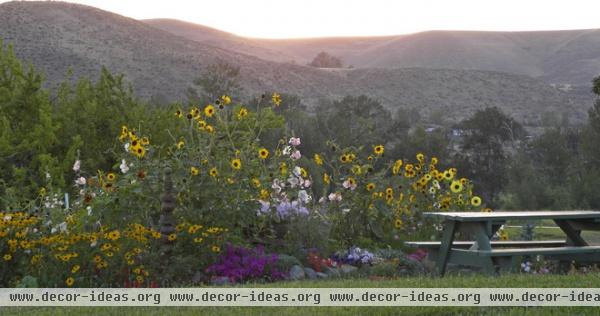
Sunflowers should be a garden staple. They support a diversity of insects, and birds flock to the seeds. This year I must have had roughly 539,142 goldfinches on mine. Of course, if you can get to the seeds first, you have a mighty fine snack once you toast them. There are also all kinds of insects that take nectar from behind the sunflower and the stems, not just from the bloom itself. An amazing annual flower that’s a hub for wildlife on dry soil.
Tell us: Do you have any touchy-feely, stinky or talkative plants you’d suggest? Do you have any experience using the above plants in a sensory garden for children?
More: Butterfly Gardening: Delight the Eyes With Living Sculptures
Related Articles Recommended












